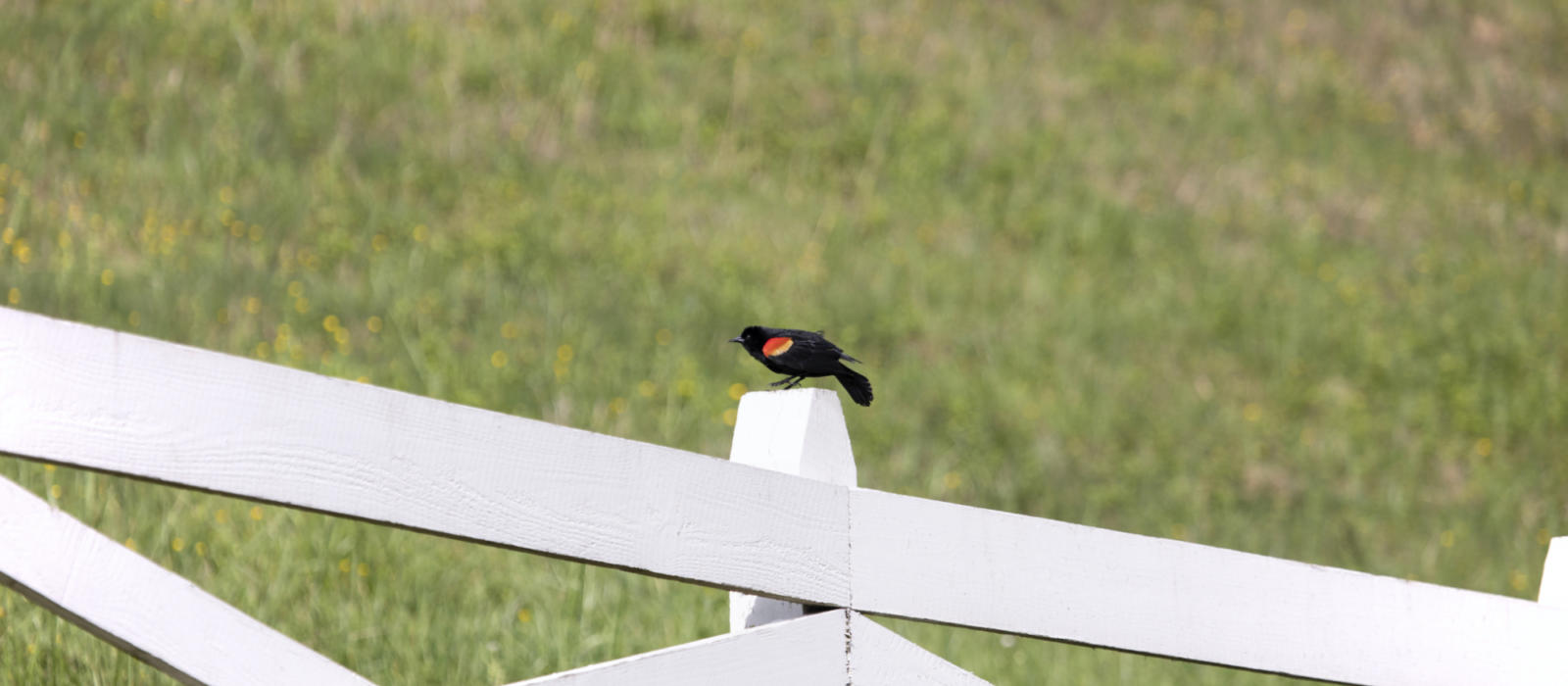Story
Birdwatching At Home

During this time, when many of us are confined at least somewhat to our homes, it is encouraging that we can keep some form of connection to the beauty of nature and the changing of the season, even if it's just through our windows!
Many of us are experiencing a blessing of added time. Time to become aware, to notice and to appreciate what we have taken for granted. Bird watching can be a very rewarding activity that can be enjoyed with minimal effort and preparation. However, if you have the resources available, you can easily increase the success of this backyard adventure.
Typically, birds are most active in the early morning and early evening hours, during which they are fervently finding food, actively attracting a mate, or determinedly defending their territory! But birds will surprise you, and you may find a nice flock at high noon or even during a light rain shower. A good pair of binoculars, a reliable field guide, and a comfortable position to observe (naturalist Jon Young calls it a "sit spot"), will help get you started in your observation endeavors.
Attracting birds is an art in itself, though nature often does the beginning work for you. Consider the habitat already existing around you, and determine which birds you are likely to encounter. Then you can research how to attract more of them. For example, if you live near a pond, you may have red-winged blackbirds, swallows, fly catchers, and other birds that enjoy wet areas. If you have some open fields or even just a patch of yard, bluebirds and robins may bless you. A little patch of woods could house some warblers and woodpeckers, while low bushes and shrubs offer a great habitat for sparrows, buntings or catbirds. Or, a rooftop or balcony garden may allow views of finches, house wrens or even peregrine falcons!
If you are able to hang feeders, consider the birds you have and/or want to attract. A basic black oil sunflower seed is high energy and appreciated by many birds such as cardinals, nuthatches, titmice and chickadees. Safflower seed it's also good for these species, plus it typically deters squirrels. I use safflower seed in my feeders which are not squirrel-proof. Suet cakes are tasty for woodpeckers in particular and can be hung in a cage feeder or even just placed out on a stump. Many species also enjoy mealworms, if you have the ability to purchase those.
Planting or providing certain types of plants and flowers for natural food can also attract certain species. Hummingbirds, who love the colorful blossoms and nectar produced by such things as trumpet vine, jewelweed and cardinal flower, are a perfect example.
All birds need water, and a traditional bird bath placed outside in a grassy area can elevate your bird watching experience! Even a shallow pan set on a stump can suffice. This time of year, you can also offer natural nesting material for birds. We have llamas on our home farm, and we'll collect some wool, wrap it around the post of our feeder, and watch the birds take what they need! It's nice to imagine the soft, warm nests they are able to make with it. Other natural materials such as yarn, pine straw or birch bark could be offered.
Speaking of nests, it's a real treat to discover one, and especially to witness the incubation of, and attention to, the raising of the young. Of course, it's important to remember to not cause any disturbance to the birds or increase any risk of harm to them. It’s also important to be aware that we can't always control the outcome of a natural situation. Though inevitably you might get anxious when you see a baby bird out of its nest, appearing to struggle on the ground, the best thing you can do may be to simply keep your dog and cat inside to give it that basic measure of protection, until it is tended to by its parent or gains strength to fly away.
Speaking of dogs and cats, another household threat to birds may be the use of pesticides in your yard or around your home. Be aware of the dangers associated with any chemicals, and avoid using things that can harm your feathered friends.
Depending on where you are located, this time of year you may get to see some more unusual birds migrating through to their warm-season homes. I have enjoyed spotting rose-breasted grosbeaks as they make their way up to the higher mountains – as well as glimpses of various warblers in their ephemeral natures. One species that I rarely encounter, except during migration, is the red crossbill.
I hope that experiencing a little bit of the beauty of birds in nature will brighten your day and bring you hope when you need it. We can be as protected as the sparrow and as strong as the eagle. Victor Hugo once wrote,
"Be like the bird
That, pausing in her flight
Awhile on boughs too slight,
Feels them give way
Beneath her and yet sings,
Knowing that she hath wings."
Joy Hopkins, Adventure Manager
